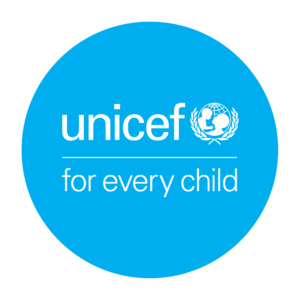

Child Participation Case Study
The Health Information and Quality Authority (HIQA) meet with children and young people during inspections of children’s residential centres, foster care and child protection and welfare services, detention and special care units. HIQA consults children and young people as part of its everyday practice on inspection. Although this is routine practice, over the course of the COVID-19 restrictions, there have been some changes to our routine practices. In May 2020, during COVID-19 restrictions, we contacted children in statutory residential care and special care by phone over a two-week period in May 2020 to ask children to describe their experience of COVID-19 restrictions and the services they were receiving during this time. We conducted an art competition for children and young people in statutory residential care and secure care (including special care and detention) where we asked children to tell us about how they were being creative or had shown or experienced a kindness during the COVID-19 pandemic.
Since 2020, while we have had some face-to-face contact with children and young people, we also have contacted them through telephone, video-calls and sought their views by questionnaire.
Individual HIQA inspectors are responsible for listening to the views of children or young people in the care settings where they live or in child protection services in the community. Other inspectors may also meet with and interact with children and young people during inspections. Inspection methodologies for residential, detention, special care, foster care and child protection inspections have a built-in component for participation and consultation with children and young people who have experienced these services. This happens through questionnaires, face-to-face contact, phone contact and contact via other electronic mechanisms such as video calls. When we have face-to-face contact with children and young people, we use some of the Hub na nÓg [1] methods such as cloud tools, body maps, table mat activities and templates to draw on using pens and markers.
The decision-makers who are responsible for acting on the views of children or young people are HIQA inspectors and staff and managers from inspected services.
HIQA inspectors meet and consult with children and young people from the age of six to obtain their views about the service being provided to them.
The children and young people we meet and consult with are from a variety of backgrounds. Given the role of HIQA regarding inspecting social service provision, children and young people have often experienced adversity in some shape or form. This could include child abuse or neglect, social disadvantage, parental substance abuse or domestic violence.
[1] Hub na nÓg is a national centre of excellence on children and young people’s participation in decision-making
| Things we considered | What we did |
|---|---|
| How we make sure that children and young people feel safe to express their views |
|
| How we allow enough time to listen to and hear their views |
|
| How we make sure that all children or young people are heard |
|
| Things we considered | What we did |
|---|---|
| How we support children and young people to give their views and be heard |
|
| How they can raise things that matter to them |
|
| How we offer them different ways of giving their views |
|
| Things we considered | What we did |
|---|---|
| How we show children and young people that you are ready and willing to listen to views |
|
| How we make sure that they understand what you can do with their views |
|
| Things we considered | What we did |
|---|---|
| How they know the level of influence they can have |
|
| How we give them feedback |
|
| How you share with them the impact of their views on decisions |
|
| How we explain the reasons for decisions taken |
|
The changes that have been made because of children and young people giving their views
Inspections impact the services provided to children, young people and their families. As obtaining children’s and young people’s views are a crucial part of our inspections, their views are heard by the service as well as the public. Over the course of our inspections, some children have spoken to us about how they contribute to their own plan of care. While other children have told us that they are involved in ‘children’s groups’ or attend children’s meetings which have influenced how the service provides information to children and is operated. For example, on one inspection, children were involved in developing an information booklet for children in care.
Children’s and young people’s views are also taken into consideration when we in HIQA are developing our processes relating to how we engage with children. For example, in 2021 our team developed new children’s questionnaires and piloted these with children. We received feedback from children about the language and format of the questionnaires. As a result of their feedback, some changes were made to the questionnaires to make them more children/young person friendly. We also used different questionnaires depending

